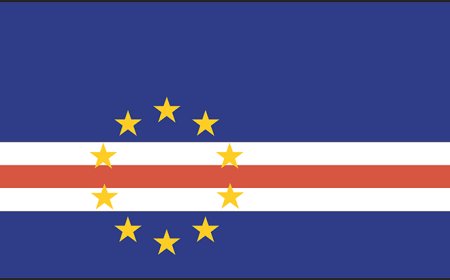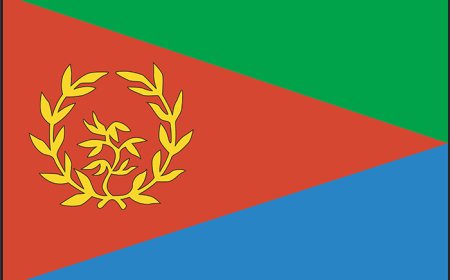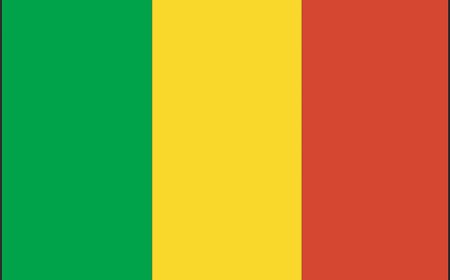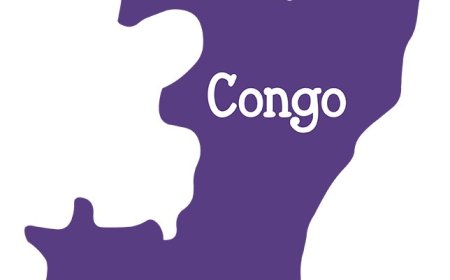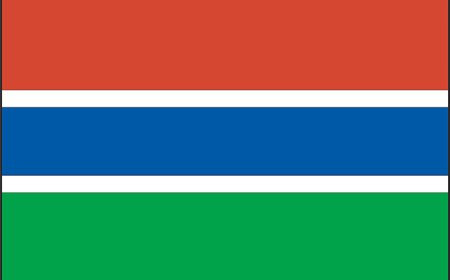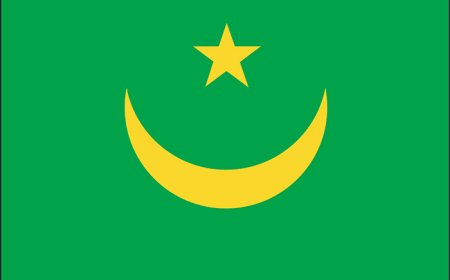Kenya for Students: Geography, History, and Culture of East Africa’s Jewel
Discover Kenya’s landscapes, peoples, and vibrant history from the Rift Valley to the Indian Ocean in this student-friendly article
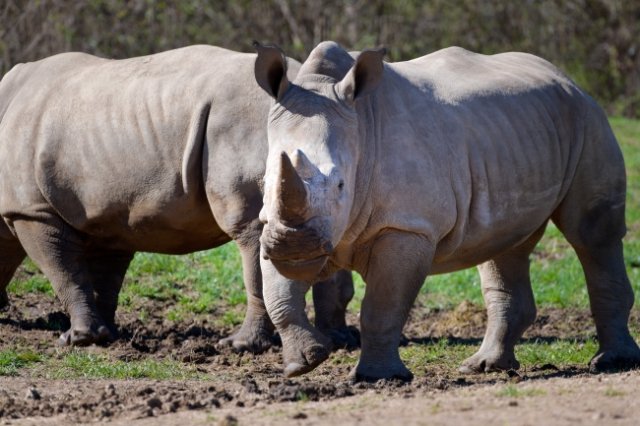
🌍 Introduction: A Nation of Contrasts and Heritage
Kenya, straddling the equator on East Africa’s Indian Ocean shore, is celebrated for its sweeping savannas, snow-capped peaks, and rich cultural tapestry. From the bustling cityscape of Nairobi—known as the “Green City in the Sun”—to the Maasai villages dotting the Great Rift Valley, Kenya blends ancient traditions with modern innovation. As the birthplace of many early human ancestors, with fossils like Turkana Boy unearthed along the Turkana Basin, Kenya has played an outsized role in our understanding of human evolution. Today, it remains a leader in regional politics, ecotourism, and technology, while preserving more than fifty ethnic communities, each with its own language, crafts, and celebrations.
🗺️ Geography & Environment
Kenya’s geography unfolds across multiple zones. In the southwest, the Great Rift Valley slices through highlands and fertile escarpments, where Lake Nakuru shimmers with flocks of flamingos. Eastward, the Central Highlands rise to Mount Kenya (5,199 m), Africa’s second-highest peak, whose glaciers feed rivers that irrigate tea and coffee estates. Further east, acacia-dotted savannas—legendary for wildebeest migrations—transition into semi-arid plains toward Lake Turkana in the north. Along the southeastern rim lies a sun-drenched coastline of coral reefs and mangrove forests, framed by the Indian Ocean. Kenya’s climate ranges from humid tropical at the coast to temperate in the highlands, with rainfall patterns that support both rainfed agriculture and wildlife reserves. Soil erosion, deforestation, and urban sprawl in Nairobi challenge conservation, prompting reforestation initiatives and community-led watershed programs.
🏛️ Government, Language & Population
Since independence from British rule in 1963, Kenya has operated as a unitary republic under a presidential system. Its 2010 constitution introduced a bicameral parliament, devolved county governments, and a bill of rights, strengthening checks and balances. Nairobi, the capital, hosts the national government, international organizations, and Africa’s first mobile-based money transfer service, M-Pesa. With a population exceeding 55 million, Kenya is one of Africa’s demographic giants. The largest ethnic groups include the Kikuyu, Luhya, Kalenjin, Luo, and Kamba, among others, each speaking its own Bantu, Nilotic, or Cushitic language. English and Swahili serve as official languages, uniting diverse communities and facilitating trade. Christianity predominates, alongside significant Muslim communities—especially along the coast—and pockets of traditional beliefs. Rapid urbanization has pushed more people into Nairobi, Mombasa, and Kisumu, fueling both economic dynamism and infrastructure strain.
🎭 Culture & Daily Life
Kenyan culture harmonizes tribal customs, culinary delights, and modern arts. The Maasai people are renowned for their red shúkà cloth, intricate beadwork, and the adumu jumping dance performed at coming-of-age ceremonies. In the highlands, Kikuyu farmers tend terraced tea fields, while coastal communities treasure Swahili heritage—seen in coral-stone architecture of Lamu and Mombasa Old Town, where dhows still ply turquoise waters. Daily meals often center on ugali, a stiff porridge of maize flour, paired with sukuma wiki (collard greens) or orishe (bean stew). Kenyan music spans traditional benga guitar rhythms to modern Afropop and hip hop, with festivals like Blankets & Wine showcasing a young creative class. Education is free at primary level, though overcrowded classrooms and resource gaps persist. Community gatherings—whether in village barazas (town meetings) or urban churches—reinforce the spirit of harambee, meaning “all pull together.”
📜 History Highlights
Human fossils at Koobi Fora and Olduvai Gorge (just across the border) attest to Kenya’s role as humankind’s crucible over 1.5 million years ago. Centuries before European arrival, coastal city-states like Gedi and Mombasa thrived in trade with Arabia and India, giving rise to Swahili culture. In the late 19th century, British colonizers built the Uganda Railway, drawing laborers from India and shaping Nairobi’s founding. The Mau Mau Uprising (1952–1960) against colonial rule galvanized a nationwide push for self-determination. Kenya gained independence on December 12, 1963, under Jomo Kenyatta, its first president. Subsequent decades saw economic expansion and political challenges, including calls for multiparty democracy in the 1990s. The 2007–2008 post-election violence led to reforms and the 2010 constitution, which devolved power to 47 counties, each with its own governor, aiming to redress historical inequalities and strengthen local governance.
💰 Economy & Resources
Kenya’s economy is one of East Africa’s largest and most diversified. Agriculture employs over 60% of workers, with key exports—tea, coffee, horticultural products, and pyrethrum—earning vital foreign exchange. The Nairobi Securities Exchange lists leading firms in banking, telecommunications, and manufacturing. Tourism, fueled by iconic wildlife migrations in Masai Mara and beach resorts in Diani, attracts nearly 2 million visitors annually. The discovery of oil in Turkana and expansion of renewable energy—notably the Lake Turkana Wind Power project—promise future growth. Yet challenges remain: youth unemployment, income inequality, and reliance on rainfed farming make climate resilience and job creation urgent priorities. Initiatives like the Big Four Agenda aim to boost housing, manufacturing, universal healthcare, and food security by 2022, harnessing both public investment and private sector partnerships.
🌿 Wildlife & Natural Beauty
Kenya’s global fame rests on its mega-fauna and conservation ethos. The annual Great Wildebeest Migration across the Serengeti–Masai Mara ecosystem is one of nature’s marvels, drawing millions of herbivores and predators. National parks and reserves—Amboseli, Tsavo, Samburu, and Nakuru—protect elephants, lions, rhinos, and flamingos against poaching and habitat loss. Coastal marine parks like Watamu safeguard coral reefs and sea turtles, while the Mount Kenya National Park preserves afro-alpine forests and rare species like the African elephant shrew. Community conservancies, such as Ol Pejeta, integrate wildlife protection with pastoral livelihoods, demonstrating Kenya’s model of community-based tourism. Despite population pressure and land conversion, innovative programs—like fence-less conservancies and conservation agriculture—seek to sustain both people and wildlife.
📚 Vocabulary List
Savanna Flat grassland with scattered trees, found in tropical regions
Harambee Swahili term meaning “all pull together,” symbolizing Kenyan communal effort
Rift Valley A large tectonic trough running through East Africa
Safari Trip to observe or hunt wildlife, now mainly wildlife viewing
Benga Kenyan popular music style featuring fast guitar rhythms
Devolution Transfer of power and resources from central to local governments
Baraza Community meeting or public forum, often held under a tree
Ugali Stiff maize flour porridge, staple food in Kenya
Conservancy Protected area managed by local communities for wildlife conservation
Afro-alpine High-altitude ecosystems found near the equator, like on Mount Kenya
🧒 Kid-Friendly Summary
Kenya is a beautiful East African country of golden plains, snow-capped mountains, and sandy coasts. People speak Swahili, English, and many tribal languages, and they gather with friends to share ugali and sukuma wiki. Long ago, ancient forests sheltered the earliest humans. Today, travelers come on safaris to see lions, elephants, and migrating wildebeest. In big cities like Nairobi, students learn about technology and the Big Four Agenda, while farmers tend tea and coffee hills. Kenyans celebrate community with harambee spirit, working together to protect wildlife and build a bright future.
🎯 Interactive Quiz: What Do You Know About Kenya?
What mountain is the highest in Kenya?
a) Mount Kilimanjaro b) Mount Elgon c) Mount Kenya d) Mount Meru
✅ Answer: c) Mount Kenya
What is “harambee”?
a) A type of dance b) A community effort c) A Swahili soup d) A Maasai spear
✅ Answer: b) A community effort
Which lake is famous for flamingos in Kenya?
a) Lake Turkana b) Lake Victoria c) Lake Nakuru d) Lake Baringo
✅ Answer: c) Lake Nakuru
What are the two official languages of Kenya?
a) Swahili and French b) English and Arabic c) English and Swahili d) Swahili and Portuguese
✅ Answer: c) English and Swahili
What important archaeological find was discovered in the Turkana Basin?
a) Lucy b) Laetoli footprints c) Turkana Boy d) Olduvai Gorge tools
✅ Answer: c) Turkana Boy
What is a “safari”?
a) Community meeting b) Safari halal food c) Trip to see wildlife d) Traditional dance
✅ Answer: c) Trip to see wildlife
Which festival celebrates the Great Wildebeest Migration?
a) Lamu Cultural Festival b) Maralal Camel Derby c) Maasai Mara Festival d) Kenya Wildlife Marathon
✅ Answer: c) Maasai Mara Festival
What program aims to boost housing, healthcare, and food security?
a) Big Four Agenda b) Vision 2030 c) Green Growth Plan d) Harambee Initiative
✅ Answer: a) Big Four Agenda
🏫 National Education Standards Alignment
Geography (NGS Standards):
1: Use geographic tools to locate places
4: Physical and human characteristics of places
6: How culture influences people’s perceptions
10: Human-environment interactions
13: Regional characteristics
History (U.S. Standards):
Historical Thinking Standards 1–3
Eras 7 & 8: Rise of Modern Empires; Contemporary global issues
Social Studies (C3 Framework):
D2.Geo.4-8, D2.His.1-8, D2.Civ.2-8
Literacy (Common Core):
RI.6.1, RI.6.2, RI.6.4, RH.6-8.7


















































